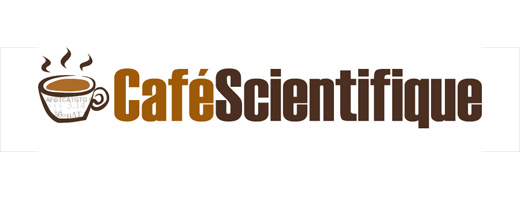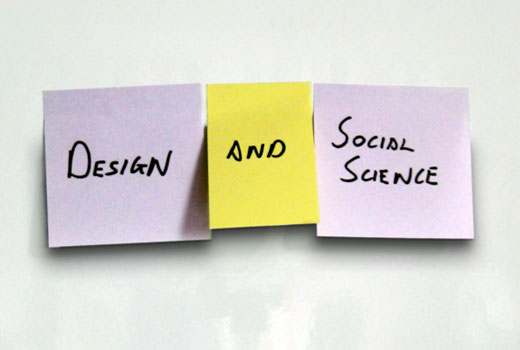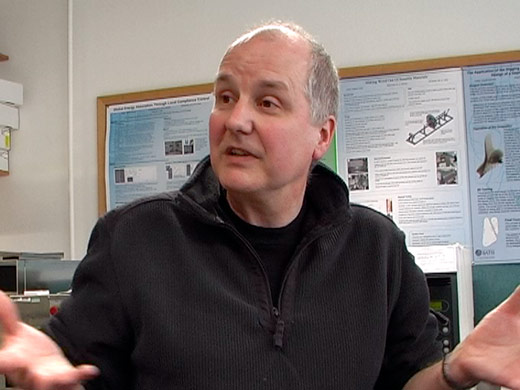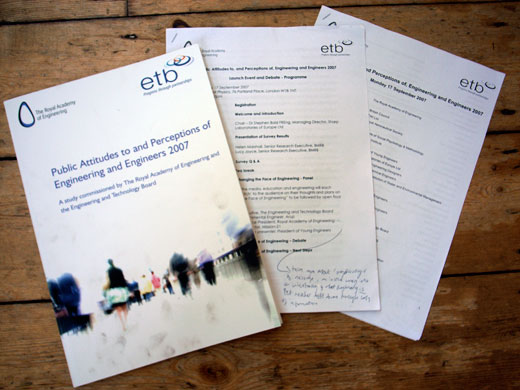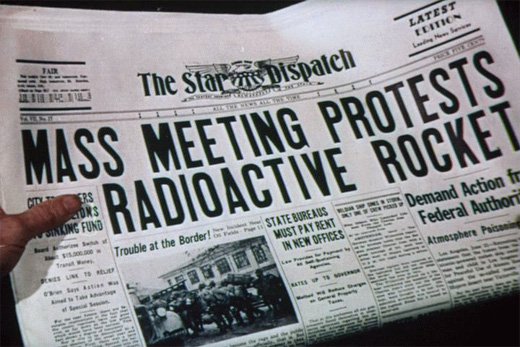Ethical Futures at the RSA
The Boundaries to human Enhancement conference was a part of the RSA’s Ethical Futures project. Here’s a few words from the RSA (Royal Society for the encouragement of Arts, Manufactures & Commerce) website:
The RSA works to remove the barriers to social progress… We drive ideas, innovation and social change through an ambitious programme of projects, events and lectures. Our work is supported by 27,000 Fellows, an international network of influencers and innovators from every field and background. ( more here)
The conference opened with Oliver Morton and Cory Doctorow, and their talk of podcasts, ebooks and astroturfing sounded strange amongst the grandeur of the Great Room.
Morton is features editor at Nature, and spoke of the infant “bio-social sciences”, a convergence of bioengineering and social-sciences that is reflected in and articulated as an interest by institutions, but not yet borne out as a broad conversation. Can design offer something to help build this conversation?
Doctorow mentioned Bruce Sterling’s description of cyberspace as being like a phone conversation. Here is a larger quote from Sterling’s The Hacker Crackdown, :
Cyberspace is the ‘place’ where a telephone conversation appears to occur. Not inside your actual phone, the plastic device on your desk. Not inside the other person’s phone, in some other city. _The_place_between_ the phones. The indefinate place _out_there_, where the two of you, human beings, actually meet and communicate.
I regularly see evidence of this type of cyberspace as I cycle around people who’ve wandered into the road cradling their mobile phones.
Other speakers included Oliver Morton, Andy Miah, Hugh Whittall, Atsuo Takanashi, Takao Takahashi (some interesting comments about John Rawl’s effective equilibrium), Nigel Cameron (with bold statements on the US presidential position on bioethics), Andrew George, Julian Kinderlerer (some excellent commentary on EU council’s position on ITC implants and nanomedicine), and Noel Sharkey and Kevin Warwick – who seemed to have plenty of common interests, yet between them managed to provide the richest debate of the day with their emotive opinions about the intelligence of robots.
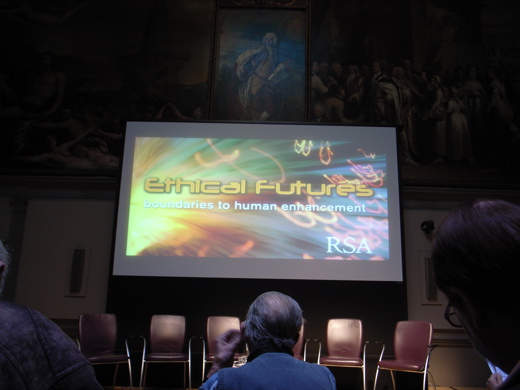
There’s a nice presenter’s-eye-view of the conference venue on Cory Doctorow’s Flickr page

